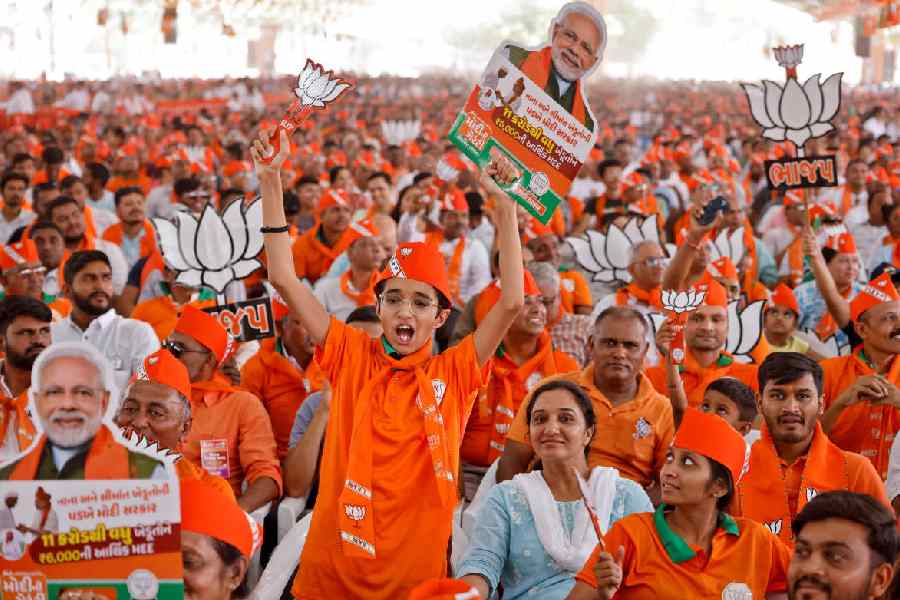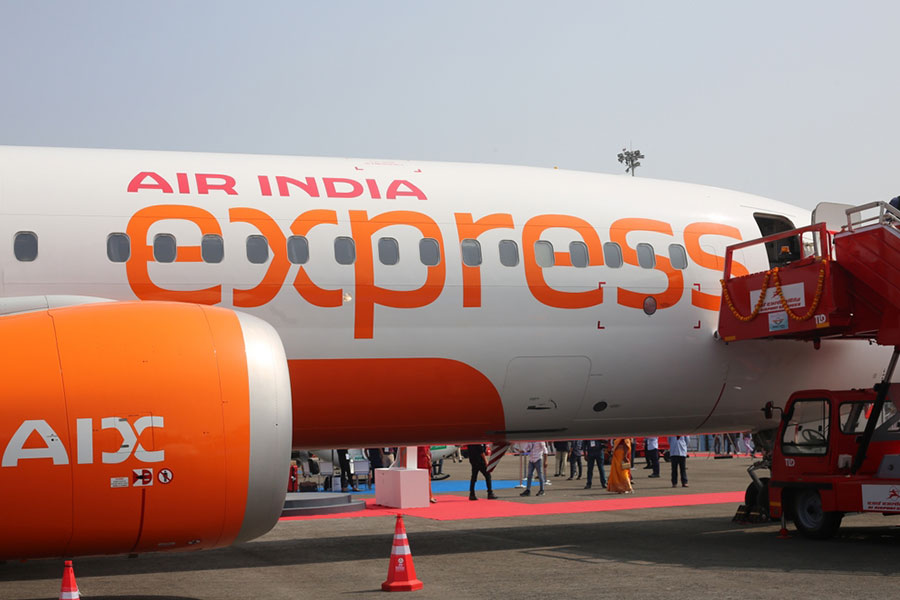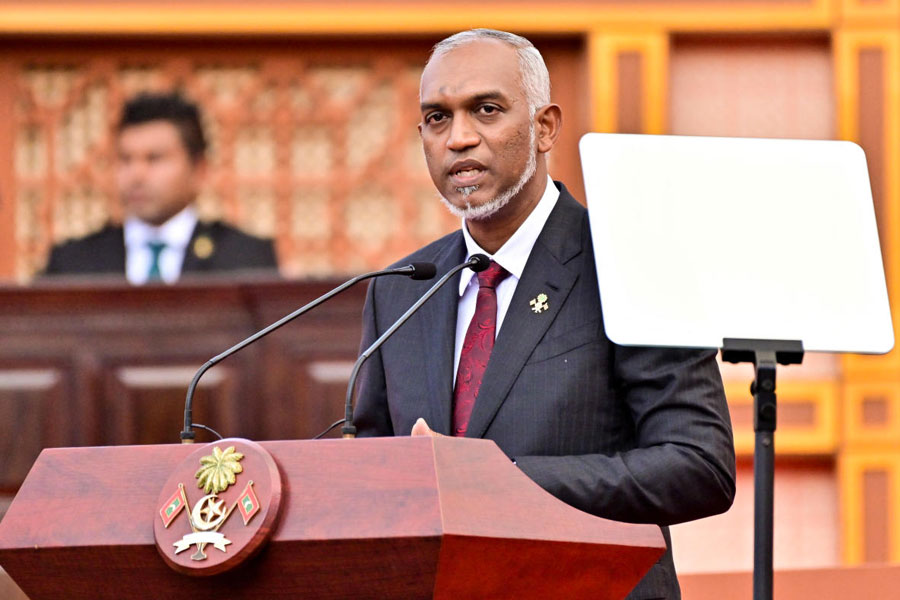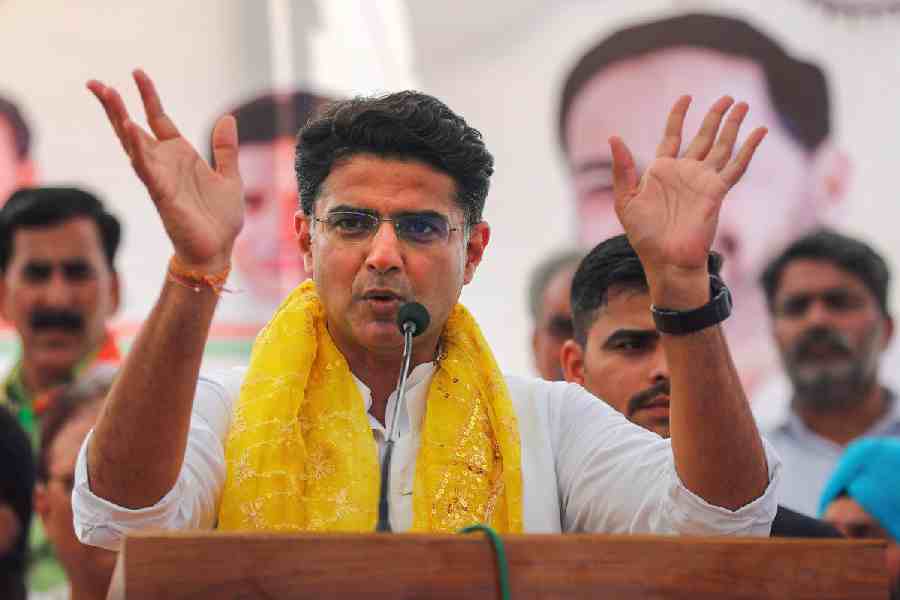
Those familiar with the Indian experiences with insurgencies may have noticed the recurrence of some catchphrases and keywords. The need to "win the hearts and minds" of the local population, the importance of assuaging the hurt "psyche" and, subsequently, to apply the "healing touch" are familiar features of political and well-meaning interventions. We saw this during the decade-long Punjab troubles in the aftermath of Operation Blue Star, the assassination of Indira Gandhi and the anti-Sikh riots. In the case of the Kashmir Valley that erupted after the kidnapping of Rubaiya Sayeed in 1989 and the ethnic cleansing of Kashmiri Pandits, the platitudes were combined with pleas for even greater regional autonomy and the reversion to the state's pre-1953 status.
The past 33 days, since the death and funeral of the Hizbul Mujahideen commander, Burhan Wani, have once again witnessed turmoil and turbulence in the Kashmir Valley. The mass demonstrations of people clamouring for ' azadi', the bouts of stone pelting, the death of more than 50 demonstrators and the grievous eye injuries caused by 'pellet guns' have created considerable concern in India. It prompted a day-long debate in the Rajya Sabha and forced the government to convene an all-party meeting on August 12 which the prime minister, Narendra Modi, will attend. There are expectations that an all-party delegation may, in due course, travel to Srinagar to engage with local politicians and members of civil society.
That the political class should be agitated over the resumption of curfews, stone pelting and the creation of new martyrs that fuel victimhood is understandable. In spite of the criticisms of a democracy that is said to look the other way on issues centred on national security, the reality is of a political class that misses no opportunity to score political points. Some of this was in evidence in the parliamentary debate when, in spite of the appeals to speak in one voice, the leaders of political parties missed no opportunity to take sideswipes at their opponents.
Much more than the snide asides, there were two facets of the debate that I found disturbing. There was, to begin with, a dreary repetition of all the old clichés, including the overuse of Kashmiriyat. Secondly, in clinging to old shibboleths, many of the politicians seemed intent on turning their faces away from some cruel realities.
It is the second issue that should be of concern. For a very long time, the political debate on Jammu and Kashmir has centred on the demand for more regional autonomy and an insistence that the special status conferred by Article 370 is left uncompromisingly intact. In the past, the two main regional parties - the Abdullah family-led National Conference and the Mufti family-led People's Democratic Party - have at various points made greater autonomy their political plank. On the other hand, the two national parties in the region, the Congress and the Bharatiya Janata Party, have underplayed this dimension. The BJP, in particular, has always proudly flaunted its traditional opposition to any special status for Jammu and Kashmir on the ground that it was inimical to national integration. The party's participation in a coalition government with the PDP may have prompted a tactical silence on Article 370 but the party's pro-integrationist stand remains intact.
Yet, for the moment, this debate about regional autonomy has become strikingly irrelevant. Apart from a few Left leaders who speak about India's record of 'betrayal' of commitments to bless Jammu and Kashmir with exceptional autonomy, the federal issue has not really featured in the recent debate on Kashmir. The debate has largely been on either State excesses or ' azadi'. This is a dangerous development. As late as last year, there were emerging strains in the PDP-BJP relationship over the alleged non-fulfilment of a generous financial 'package' from the Centre. Last Tuesday, following the assertion of the prime minister, Modi, that he would rather see Kashmiri youngsters carry books and laptops than hurl stones, an indignant former chief minister, Omar Abdullah, expressed his disappointment that the Kashmir troubles were being posited as a development issue. In a tweet that left his own stand delightfully ambivalent, Abdullah posted: "Azadi that PM spoke of not the Azadi protestors want. They want Azadi from India..."
Regardless of his own position on the issue, Abdullah was at least trying to shed some light on the nature of the present movement that began with the death of the glamour boy of the terrorist movement. All ground reports, particularly from the smaller towns in south Kashmir, quite clearly indicate that the protesters have embraced both separatism and Pakistan with visible enthusiasm. In a revealing media report from Quimoh, the main market town of Kulgam district, there is a description of the frenzied pro-Hurriyat Conference and pro-Pakistan rhetoric. The report quotes Habibullah Badami, a religious leader linked to the separatist Hurriyat Conference as telling his congregation: "We are all together and we will fight... for Azadi. They (India) want to establish Pandit colonies here, India wants to set up Sainik colonies, and we are not feeling safe in Kashmir."
The point to note is not the untruths and the exaggeration but the fact that the anti-India movement has graduated one big step higher. In social media intervention, Syed Ali Shah Geelani, a veteran separatist leader of the Jamaat-e-Islami and a force in the Hurriyat Conference, posted: "Army, BSF, CRPF, JK armed police, it's all same to us... They are the face of occupation." Geelani approvingly quoted a media report where one protester is reported to have declaimed: "We want to demolish every symbol of the Indian state and whosoever represents it."
Indeed, it has become fashionable in certain circles for Kashmiri intellectuals to quite openly embrace separatism. The writer, Basharat Peer, who earlier functioned as an India facilitator for the New York Times (whose hatred of the present dispensation in Delhi is visceral) wrote on Facebook: "Eleven funerals today in Kashmir. One day, one blessed day we will perform the last rites of this brutal occupation." What is noteworthy is the bid by the separatists to use the imagery and language of the Palestinian movement, knowing well that this appeals to a certain section of the permanently aggrieved in the West.
What is not equally highlighted are two additional facets. There is, first, the rampant misuse of religious places, particularly mosques, for separatist mobilization. This was highlighted by the chief minister, Mehbooba Mufti, in an angry speech she delivered at Baramulla on August 2, a speech that, curiously, was blanked out of the mainstream media. Secondly, the explicitly pro-Pakistan turn the separatist movement has taken. Contrary to a simplistic misconception that ' azadi' stands for Kashmiri independence - the proverbial third alternative - the cruel alternative is that the shambolic state of Pakistan appears as the new Islamist utopia.
These realities in Kashmir have to be faced up to by a political class that still lives in the past and still talks of Kashmiriyat as a benevolent form of Sufi culture that blends enlightened practices from multiple faiths.
It is good to try and "separate the people from the separatists", as a communist leader put it. Indeed, the political isolation of the hard core separatists from those who are merely swimming with the tide is imperative. But what Punjab and earlier experiences in the Kashmir Valley clearly point out is that no political recovery is possible until the State regains control.
It is good to talk but it is better to talk from a position of strength.










